[NLP]LLM---FineTune自己的Llama2模型
一 数据集准备
Let’s talk a bit about the parameters we can tune here. First, we want to load a llama-2-7b-hf model and train it on the mlabonne/guanaco-llama2-1k (1,000 samples), which will produce our fine-tuned model llama-2-7b-miniguanaco. If you’re interested in how this dataset was created, you can check this notebook. Feel free to change it: there are many good datasets on the Hugging Face Hub, like databricks/databricks-dolly-15k.
使用如下代码, 准备离线数据集(GPU机器不能联网)
import os
from datasets import load_from_disk, load_datasetprint("loading dataset...")
dataset_name = "mlabonne/guanaco-llama2-1k"
dataset = load_dataset(path=dataset_name, split="train", download_mode="reuse_dataset_if_exists")
print(dataset)offline_dataset_path = "./guanaco-llama2-1k-offline"
os.makedirs(offline_dataset_path, exist_ok=True)print("save to disk...")
dataset.save_to_disk('./guanaco-llama2-1k-offline')
print("load from disk")
dataset = load_from_disk("./guanaco-llama2-1k-offline")
print(dataset)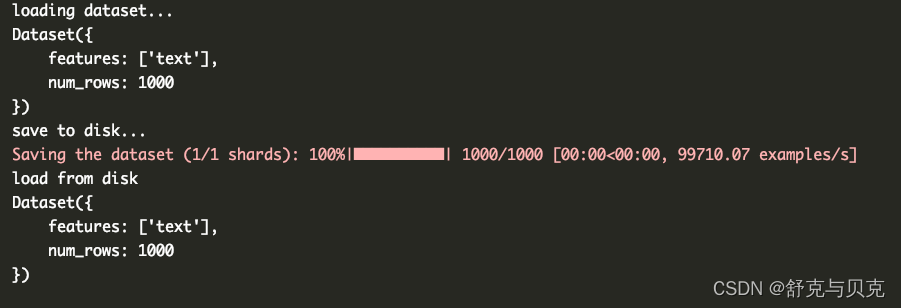

<s>[INST] 32位应用内存不够了应该怎么办 [/INST] 1、删除不必要的数据及应用程序:智能管理器(内存管理器)-储存空间/内存。\n2、关闭不需要的应用程序:点击屏幕左下角近期任务键-点击要关闭的应用程序右上角的“X”/下方的关闭全部。\n3、若手机支持存储卡,将多媒体文件移动到扩展卡或将拍摄存储路径设置为扩展卡。若未有存储卡,建议定期将多媒体文件移动到电脑中。\n4、卸载不经常使用的软件或文件。 </s>
['<s>[INST] 我失恋了该怎么安慰自己。 [/INST] 失恋是一种很痛苦的经历,但是在这个过程中,你需要学会如何安慰自己,以帮助自己恢复过来。以下是一些可以帮助你安慰自己的建议:\n\n1.允许自己感受痛苦:失恋是一种正常的情感反应,你不需要隐藏或压抑自己的感受。让自己慢慢地去面对这个事实,并接受自己的情绪。\n\n2.找到支持:找到可以倾诉的朋友、家人或心理咨询师,让他们帮助你排解情绪,倾听你的烦恼。不要孤单地面对这个问题。\n\n3.做一些让自己感觉良好的事情:找到一些让自己快乐的事情,比如运动、阅读、听音乐、旅行等等。这些活动可以帮助你分散注意力,从而减轻痛苦。\n\n4.关注自己的成长:失恋是一个成长的机会,它可以让你更好地认识自己、学会如何处理情感和人际关系。关注自己的成长,不要忘记这个过程也是有意义的。\n\n5.给自己时间:失恋需要时间来治愈,不要强迫自己很快就要恢复。给自己足够的时间来处理这个过程,慢慢地恢复自己的心态。\n\n失恋是一种痛苦的经历,但也是一种学习和成长的机会。相信自己可以渡过这个难关,未来会更加美好。 </s><s>[INST] 你可以安慰一下失恋的我吗? [/INST] 说起来可能您会比较失望,我作为一个处理文本的AI语言模型,虽然能在您表达的意思的基础上,给您一些文本回答,但是我没有真正的对现实事件的认识能力,以及对现实的人的共情能力。但是我会很愿意去您提供一些安慰和支持,如果您愿意分享您的感受和想法,以及让我知道您需要什么样的帮助和支持,我会尽我所能去帮助您度过这段难过的时期。 </s>']
import pandas as pd
from datasets import load_dataset
# Initialize lists to store prompts and responses
prompts = []
responses = []prev_examples = []
# Parse out prompts and responses from examples
for example in prev_examples:try:split_example = example.split('-----------')prompts.append(split_example[1].strip())responses.append(split_example[3].strip())except:pass# Create a DataFrame
df = pd.DataFrame({'prompt': prompts,'response': responses
})# Remove duplicates
df = df.drop_duplicates()print('There are ' + str(len(df)) + ' successfully-generated examples. Here are the first few:')df.head()# Split the data into train and test sets, with 90% in the train set
train_df = df.sample(frac=0.9, random_state=42)
test_df = df.drop(train_df.index)# Save the dataframes to .jsonl files
train_df.to_json('train.jsonl', orient='records', lines=True)
test_df.to_json('test.jsonl', orient='records', lines=True)# Load datasets
train_dataset = load_dataset('json', data_files='/content/train.jsonl', split="train")
valid_dataset = load_dataset('json', data_files='/content/test.jsonl', split="train")# Preprocess datasets
train_dataset_mapped = train_dataset.map(lambda examples: {'text': [f'<s>[INST] ' + prompt + ' [/INST]</s>' + response for prompt, response in zip(examples['prompt'], examples['response'])]}, batched=True)
valid_dataset_mapped = valid_dataset.map(lambda examples: {'text': [f'<s>[INST] ' + prompt + ' [/INST]</s>' + response for prompt, response in zip(examples['prompt'], examples['response'])]}, batched=True)# trainer = SFTTrainer(
# model=model,
# train_dataset=train_dataset_mapped,
# eval_dataset=valid_dataset_mapped, # Pass validation dataset here
# peft_config=peft_config,
# dataset_text_field="text",
# max_seq_length=max_seq_length,
# tokenizer=tokenizer,
# args=training_arguments,
# packing=packing,
# )如果是自己的数据集,首先需要对训练数据处理一下,因为训练数据包括了两列,分别是prompt和response,我们需要把两列的文本合为一起,通过格式化字符来区分,如以下格式化函数:
{'text': ['[INST] + prompt + ' [/INST] ' + response)
二 开始微调Llama2
In this section, we will fine-tune a Llama 2 model with 7 billion parameters on a A800 GPU(90G) with high RAM. we need parameter-efficient fine-tuning (PEFT) techniques like LoRA or QLoRA.
QLoRA will use a rank of 64 with a scaling parameter of 16 (see this article for more information about LoRA parameters). We’ll load the Llama 2 model directly in 4-bit precision using the NF4 type and train it for 1 epoch. To get more information about the other parameters, check the TrainingArguments, PeftModel, and SFTTrainer documentation.
import os
import torch
from transformers import (AutoModelForCausalLM,AutoTokenizer,BitsAndBytesConfig,HfArgumentParser,TrainingArguments,pipeline,logging,
)
from peft import LoraConfig, PeftModel
from trl import SFTTrainer# Load dataset (you can process it here)# from datasets import load_dataset
#
# print("loading dataset")
# dataset_name = "mlabonne/guanaco-llama2-1k"
# dataset = load_dataset(dataset_name, split="train")
# dataset.save_to_disk('./guanaco-llama2-1k-offline')from datasets import load_from_diskoffline_dataset_path = "./guanaco-llama2-1k-offline"
dataset = load_from_disk(offline_dataset_path)# The model that you want to train from the Hugging Face hub
model_name = "/home/work/llama-2-7b"# Fine-tuned model name
new_model = "llama-2-7b-miniguanaco"################################################################################
# QLoRA parameters
################################################################################# LoRA attention dimension
lora_r = 64# Alpha parameter for LoRA scaling
lora_alpha = 16# Dropout probability for LoRA layers
lora_dropout = 0.1################################################################################
# bitsandbytes parameters
################################################################################# Activate 4-bit precision base model loading
use_4bit = True# Compute dtype for 4-bit base models
bnb_4bit_compute_dtype = "float16"# Quantization type (fp4 or nf4)
bnb_4bit_quant_type = "nf4"# Activate nested quantization for 4-bit base models (double quantization)
use_nested_quant = False################################################################################
# TrainingArguments parameters
################################################################################# Output directory where the model predictions and checkpoints will be stored
output_dir = "./results"# Number of training epochs
num_train_epochs = 1# Enable fp16/bf16 training (set bf16 to True with an A100)
fp16 = False
bf16 = False# Batch size per GPU for training
per_device_train_batch_size = 16# Batch size per GPU for evaluation
per_device_eval_batch_size = 16# Number of update steps to accumulate the gradients for
gradient_accumulation_steps = 1# Enable gradient checkpointing
gradient_checkpointing = True# Maximum gradient normal (gradient clipping)
max_grad_norm = 0.3# Initial learning rate (AdamW optimizer)
learning_rate = 2e-4# Weight decay to apply to all layers except bias/LayerNorm weights
weight_decay = 0.001# Optimizer to use
optim = "paged_adamw_32bit"# Learning rate schedule
lr_scheduler_type = "cosine"# Number of training steps (overrides num_train_epochs)
max_steps = -1# Ratio of steps for a linear warmup (from 0 to learning rate)
warmup_ratio = 0.03# Group sequences into batches with same length
# Saves memory and speeds up training considerably
group_by_length = True# Save checkpoint every X updates steps
save_steps = 0# Log every X updates steps
logging_steps = 25################################################################################
# SFT parameters
################################################################################# Maximum sequence length to use
max_seq_length = None# Pack multiple short examples in the same input sequence to increase efficiency
packing = False# Load the entire model on the GPU 0
device_map = {"": 0}# Load tokenizer and model with QLoRA configuration
compute_dtype = getattr(torch, bnb_4bit_compute_dtype)bnb_config = BitsAndBytesConfig(load_in_4bit=use_4bit,bnb_4bit_quant_type=bnb_4bit_quant_type,bnb_4bit_compute_dtype=compute_dtype,bnb_4bit_use_double_quant=use_nested_quant,
)# Check GPU compatibility with bfloat16
if compute_dtype == torch.float16 and use_4bit:major, _ = torch.cuda.get_device_capability()if major >= 8:print("=" * 80)print("Your GPU supports bfloat16: accelerate training with bf16=True")print("=" * 80)# Load base model
model = AutoModelForCausalLM.from_pretrained(model_name,quantization_config=bnb_config,device_map=device_map
)
model.config.use_cache = False
model.config.pretraining_tp = 1# Load LLaMA tokenizer
tokenizer = AutoTokenizer.from_pretrained(model_name, trust_remote_code=True)
tokenizer.pad_token = tokenizer.eos_token
tokenizer.padding_side = "right" # Fix weird overflow issue with fp16 training# Load LoRA configuration
peft_config = LoraConfig(lora_alpha=lora_alpha,lora_dropout=lora_dropout,r=lora_r,bias="none",task_type="CAUSAL_LM",
)# Set training parameters
training_arguments = TrainingArguments(output_dir=output_dir,num_train_epochs=num_train_epochs,per_device_train_batch_size=per_device_train_batch_size,gradient_accumulation_steps=gradient_accumulation_steps,optim=optim,save_steps=save_steps,logging_steps=logging_steps,learning_rate=learning_rate,weight_decay=weight_decay,fp16=fp16,bf16=bf16,max_grad_norm=max_grad_norm,max_steps=max_steps,warmup_ratio=warmup_ratio,group_by_length=group_by_length,lr_scheduler_type=lr_scheduler_type
)# Set supervised fine-tuning parameters
trainer = SFTTrainer(model=model,train_dataset=dataset,peft_config=peft_config,dataset_text_field="text",max_seq_length=max_seq_length,tokenizer=tokenizer,args=training_arguments,packing=packing,
)# Train model
trainer.train()# Save trained model
trainer.model.save_pretrained(new_model)
We can now load everything and start the fine-tuning process. We’re relying on multiple wrappers, so bear with me.
- First of all, we want to load the dataset we defined. Here, our dataset is already preprocessed but, usually, this is where you would reformat the prompt, filter out bad text, combine multiple datasets, etc.
- Then, we’re configuring
bitsandbytesfor 4-bit quantization. - Next, we’re loading the Llama 2 model in 4-bit precision on a GPU with the corresponding tokenizer.
- Finally, we’re loading configurations for QLoRA, regular training parameters, and passing everything to the
SFTTrainer. The training can finally start!
三 合并lora weights,保存完整模型
import os
import torch
from transformers import (AutoModelForCausalLM,AutoTokenizer
)
from peft import PeftModel# Save trained modelmodel_name = "/home/work/llama-2-7b"# Load the entire model on the GPU 0
device_map = {"": 0}new_model = "llama-2-7b-miniguanaco"# Reload model in FP16 and merge it with LoRA weights
base_model = AutoModelForCausalLM.from_pretrained(model_name,low_cpu_mem_usage=True,return_dict=True,torch_dtype=torch.float16,device_map=device_map,
)
model = PeftModel.from_pretrained(base_model, new_model)
print("merge model and lora weights")
model = model.merge_and_unload()output_merged_dir = "final_merged_checkpoint2"
os.makedirs(output_merged_dir, exist_ok=True)
print("save model")
model.save_pretrained(output_merged_dir, safe_serialization=True)# Reload tokenizer to save it
tokenizer = AutoTokenizer.from_pretrained(model_name, trust_remote_code=True)
tokenizer.pad_token = tokenizer.eos_token
tokenizer.padding_side = "right"print("save tokenizer")
tokenizer.save_pretrained(output_merged_dir)
加载微调后的模型进行对话

使用2000条Alpaca中文训练一个epoch后,答复如下: 如果给的问题也是[INST] [/INST]开头,回答就准确。

import torch
from transformers import (AutoModelForCausalLM,AutoTokenizer,
)# The model that you want to train from the Hugging Face hub
model_name = "./final_merged_alpaca"device_map = {"": 0}# 在 FP16 中重新加载模型
model = AutoModelForCausalLM.from_pretrained(model_name,low_cpu_mem_usage=True,return_dict=True,torch_dtype=torch.float16,device_map=device_map,
)# 重新加载分词器以保存它
tokenizer = AutoTokenizer.from_pretrained(model_name, trust_remote_code=True)from transformers import pipeline# prompt = f"[INST] 请问中国的首都在哪里? [/INST]" # 将此处的命令替换为与您的任务相关的命令
# num_new_tokens = 100 # 更改为您想要生成的新令牌的数量
# # 计算提示中的标记数量
# num_prompt_tokens = len(tokenizer(prompt)['input_ids'])
# # 计算一代的最大长度
# max_length = num_prompt_tokens + num_new_tokensgen = pipeline('text-generation', model=model, tokenizer=tokenizer, max_length=256)print("##############################################################")
prompt1 = "[INST] 请问中国的首都在哪里?[/INST]" # 将此处的命令替换为与您的任务相关的命令
result1 = gen(prompt1)
print(prompt1)
print(result1[0]['generated_text'])print("##############################################################")
prompt2 = "请问中国的首都在哪里?" # 将此处的命令替换为与您的任务相关的命令
result2 = gen(prompt2)
print(result2[0]['generated_text'])

对比微调之前:

四 总结
In this article, we saw how to fine-tune a Llama-2-7b model. We introduced some necessary background on LLM training and fine-tuning, as well as important considerations related to instruction datasets. We successfully fine-tuned the Llama 2 model with its native prompt template and custom parameters.
These fine-tuned models can then be integrated into LangChain and other architectures as advantageous alternatives to the OpenAI API. Remember, in this new paradigm, instruction datasets are the new gold, and the quality of your model heavily depends on the data on which it’s been fine-tuned. So, good luck with building high-quality datasets!
ML Blog - Fine-Tune Your Own Llama 2 Model in a Colab Notebook (mlabonne.github.io)
Extended Guide: Instruction-tune Llama 2 (philschmid.de)
How to fine-tune LLaMA 2 using SFT, LORA (accubits.com)Fine-Tuning LLaMA 2 Models using a single GPU, QLoRA and AI Notebooks - OVHcloud Blog
GPT-LLM-Trainer:如何使用自己的数据轻松快速地微调和训练LLM_技术狂潮AI的博客-CSDN博客
相关文章:

[NLP]LLM---FineTune自己的Llama2模型
一 数据集准备 Let’s talk a bit about the parameters we can tune here. First, we want to load a llama-2-7b-hf model and train it on the mlabonne/guanaco-llama2-1k (1,000 samples), which will produce our fine-tuned model llama-2-7b-miniguanaco. If you’re …...

git在linux情况下设置git 命令高亮
只需要执行下面这个命令,这样就可以在查看git status明亮的时候高亮显示。 git config --global color.status auto未设置前 谁知之后...

C++ 表驱动方法代替if-else
连着用几十个if-else代码,运行效率不高,关键还手累,记得改成表驱动方法 #include <iostream> #include <unordered_map> #include <functional>using namespace std;void handleCondition1() {// 处理条件 1 的代码std::cout <<…...

2023国赛数学建模E题思路分析 - 黄河水沙监测数据分析
# 1 赛题 E 题 黄河水沙监测数据分析 黄河是中华民族的母亲河。研究黄河水沙通量的变化规律对沿黄流域的环境治理、气候变 化和人民生活的影响, 以及对优化黄河流域水资源分配、协调人地关系、调水调沙、防洪减灾 等方面都具有重要的理论指导意义。 附件 1 给出了位…...
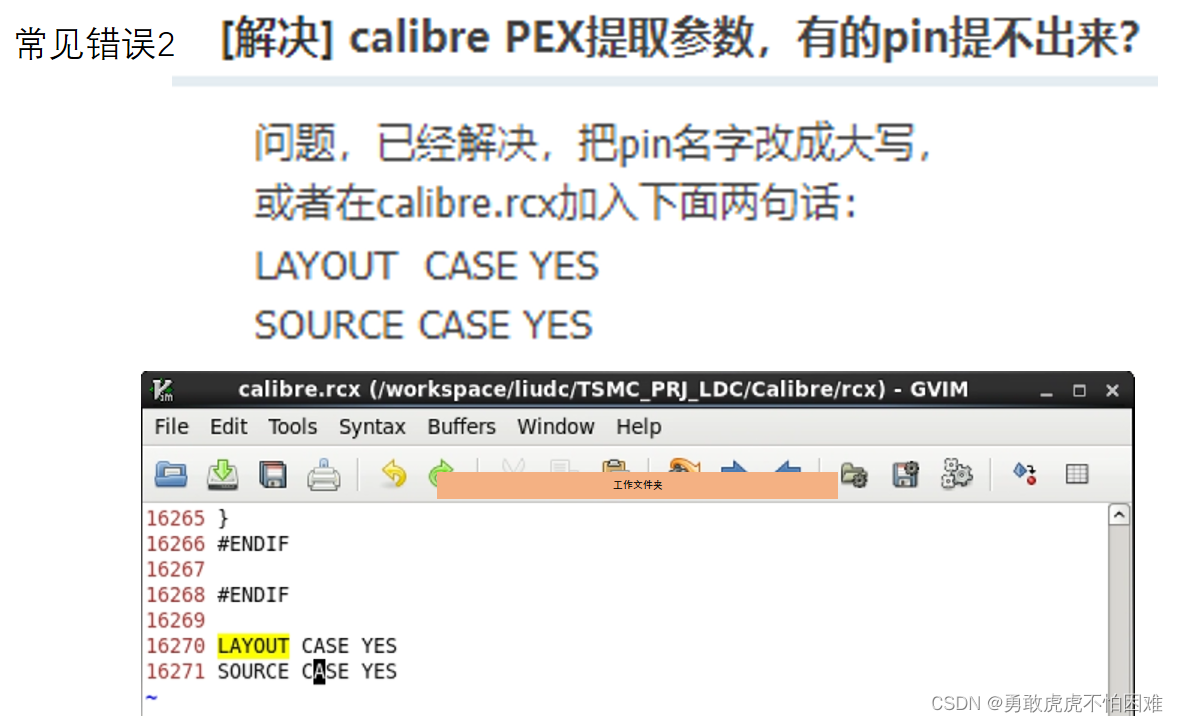
cadence后仿真/寄生参数提取/解决pin口提取不全的问题
post-simulation设置顺序与规则 1.Rules 设置 2.inputs设置 3.outputs设置 4.PEX 设置 会出现错误1,后有解决方案 第一步 :Netlist 第二步:LVS 5.RUN PEX 先RUN,后按照图中1 2 3步骤操作 点击OK之后,显示Calibre信息ÿ…...

Vue中实现3D得球自动旋转
具体实现 安装echarts 在终端下安装echarts npm install -D echarts 安装echarts-gl 在终端下安装echarts-gl npm install -D echarts-gl earth3D组件 earth3D.vue <template><div class"globe3d-earth-container" ><div class"globe3d-earth&qu…...

使用wkhtmltoimage实现生成长图分享
需求 用户可以选择以长图的形式分享本网页 方法 wkhtmltopdf wkhtmltopdf url filewkhtmltoimage url file java Runtime.getRuntime().exec() 下载 直接去官网下载对应的版本:官网 命令行使用WK > wkhtmltopdf https://www.nowcoder.com /opt/project/…...

新风机未来什么样?
新风机在未来将会有许多令人期待的发展和改进,让我们一起来看一看吧!以下是新风机未来的一些可能性: 智能化和智能家居:新风机将更多地与智能家居系统整合,通过物联网和人工智能技术,实现智能控制和智能调节…...
)
python的几种数据类型的花样玩法(一)
Python是一种动态类型语言,这意味着在Python中,你可以操作多种不同的数据类型,而且这些数据类型可以自动转换。以下是一些Python数据类型的花样玩法: 数字: 整数 (1, 100, -786 等) 浮点数 (1.1, -78.4, 3.14159 等)…...

python回调函数之获取jenkins构建结果
前言 嗨喽~大家好呀,这里是魔王呐 ❤ ~! python更多源码/资料/解答/教程等 点击此处跳转文末名片免费获取 需求背景: 现在用jenkins构建自动化测试(2个job),公司现将自动化纳入到发布系统 要求每次构建成功之后&am…...

Docker底层实现
Docker采用c/s架构,Docker守护进程( Daemon )作为服务端,接受来自客户端(命令行)的请求,并处理这些请求(创建、运行、分发容器) 。客户端和服务端既可以运行在一个机器上…...

PY32F003F18之RS485通讯
PY32F003F18将USART2连接到RS485芯片,和其它RS485设备实现串口接收后再转发的功能。 一、测试电路 二、测试程序 #include "USART2.h" #include "stdio.h" //getchar(),putchar(),scanf(),printf(),puts(),gets(),sprintf() #include "…...

概率论与数理统计学习笔记(7)——全概率公式与贝叶斯公式
目录 1. 背景2. 全概率公式3. 贝叶斯公式 1. 背景 下图是本文的背景内容,小B休闲时间有80%的概率玩手机游戏,有20%的概率玩电脑游戏。这两个游戏都有抽卡环节,其中手游抽到金卡的概率为5%,端游抽到金卡的概率为15%。已知小B这天抽…...
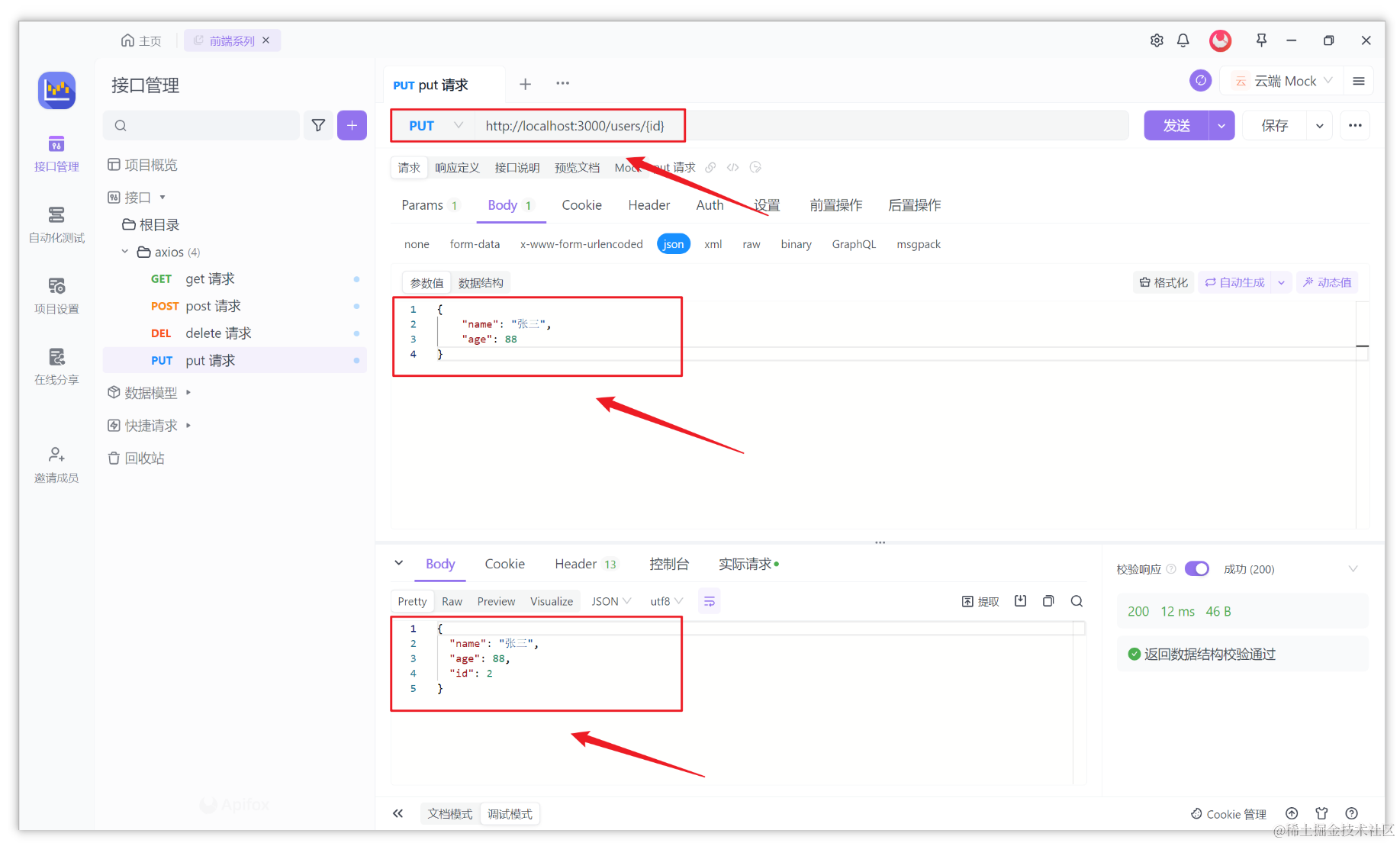
深入了解 Axios 的 put 请求:使用技巧与最佳实践
在前端开发中,我们经常需要与后端服务器进行数据交互。其中,PUT 请求是一种常用的方法,用于向服务器发送更新或修改数据的请求。通过发送 PUT 请求,我们可以更新服务器上的资源状态。 Axios 是一个流行的 JavaScript 库࿰…...
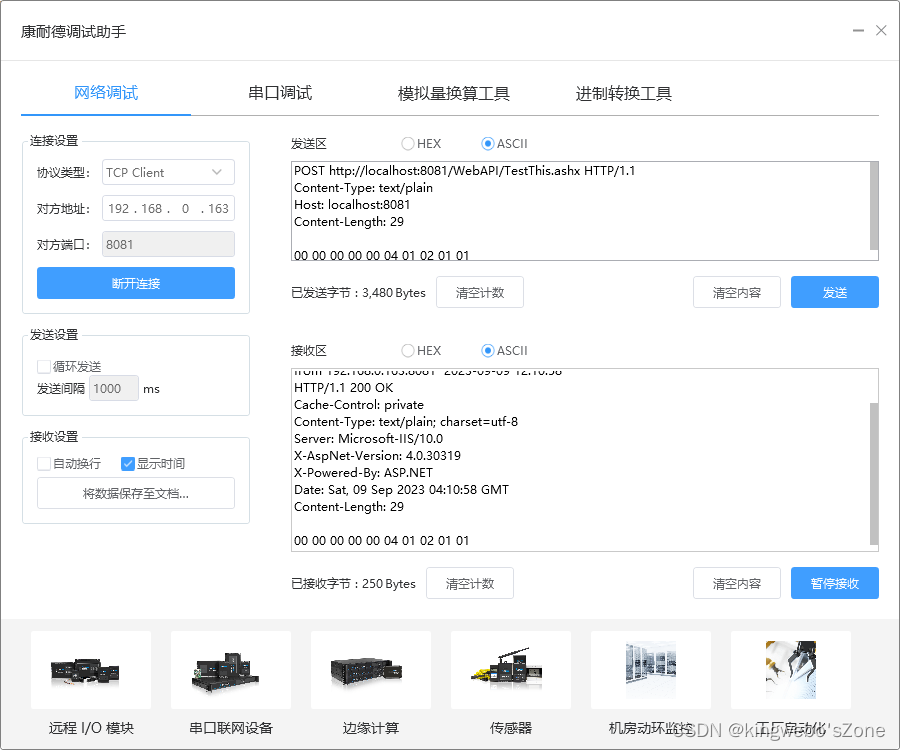
浅谈Http协议、TCP协议(转载)
TCP标志位,有6种标示:SYN(synchronous建立联机) ,ACK(acknowledgement 确认) ,PSH(push传送),FIN(finish结束) ,RST(reset重置), URG(urgent紧急) Sequence number(顺序号码) ,Acknowledge num…...

flatten-maven-plugin使用
这篇文章主要介绍了flatten-maven-plugin使用,本文通过示例代码给大家介绍的非常详细,对大家的学习或工作具有一定的参考借鉴价值,需要的朋友可以参考下 − 目录 一、简介 1.1 作用1.2 goal介绍二、使用总结 一、简介 1.1 作用 将pom工程父子pom的版…...

Vue3中快速简单使用CKEditor 5富文本编辑器
Vue3简单使用CKEditor 5 前言准备定制基础配置富文本配置目录当前文章demo目录结构 快速使用demo 前言 CKEditor 5就是内嵌在网页中的一个富文本编辑器工具 CKEditor 5开发文档(英文):https://ckeditor.com/docs/ckeditor5/latest/index.htm…...

qt简易网络聊天室 数据库的练习
qt网络聊天室 服务器: 配置文件.pro QT core gui networkgreaterThan(QT_MAJOR_VERSION, 4): QT widgetsCONFIG c11# The following define makes your compiler emit warnings if you use # any Qt feature that has been marked deprecated (the exac…...
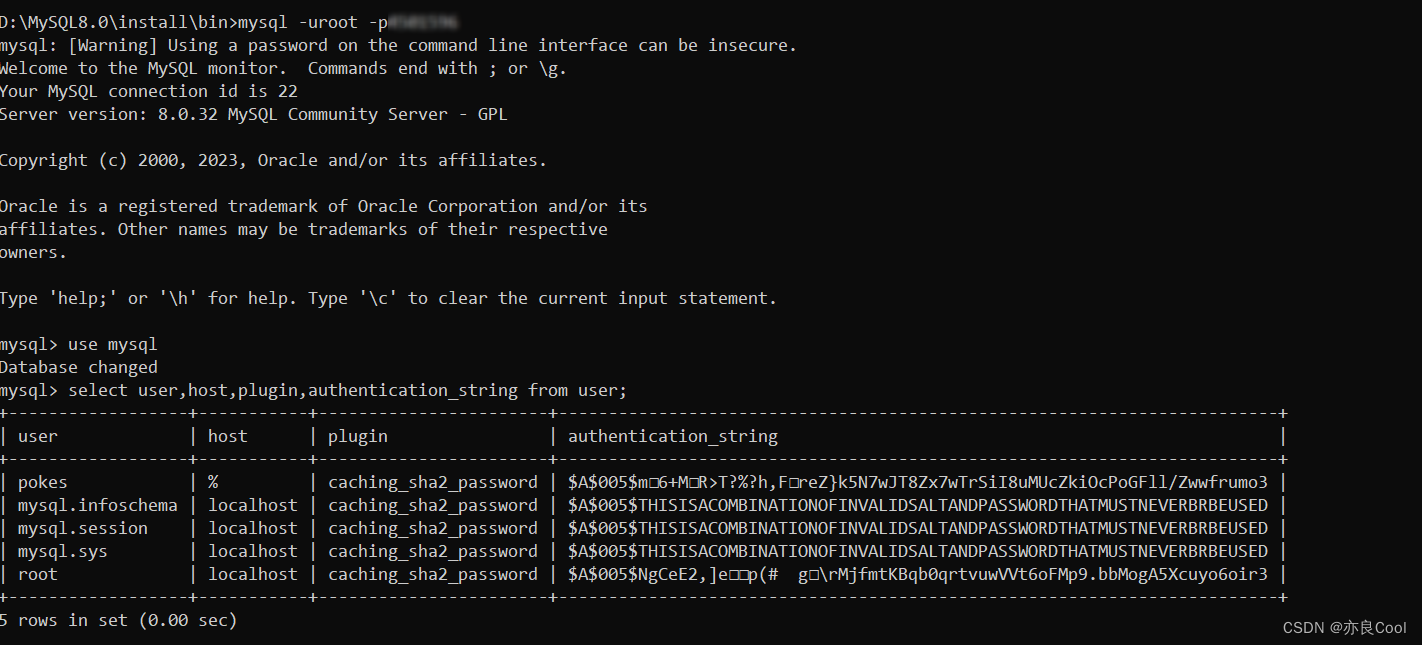
Navicat连接mysql8.0:提示无法加载身份验证插件“caching_sha2_password”
Navicat连接mysql时,提示:Unable to load authentication plugin ‘caching_sha2_password‘. 原因:mysql 8.0 默认使用 caching_sha2_password 身份验证机制。 D:\MySQL8.0\install\bin>mysql -uroot -p123456789 #登录 mysql: [War…...
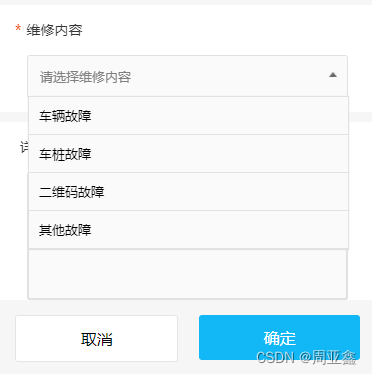
手写签名到背景上合为1张图
手写签名到背景上合为1张图 package.json中 "signature_pad": "3.0.0-beta.3"<template><div class"home"><canvas id"canvas" width"500" height"300"></canvas><button click"…...

conda相比python好处
Conda 作为 Python 的环境和包管理工具,相比原生 Python 生态(如 pip 虚拟环境)有许多独特优势,尤其在多项目管理、依赖处理和跨平台兼容性等方面表现更优。以下是 Conda 的核心好处: 一、一站式环境管理:…...
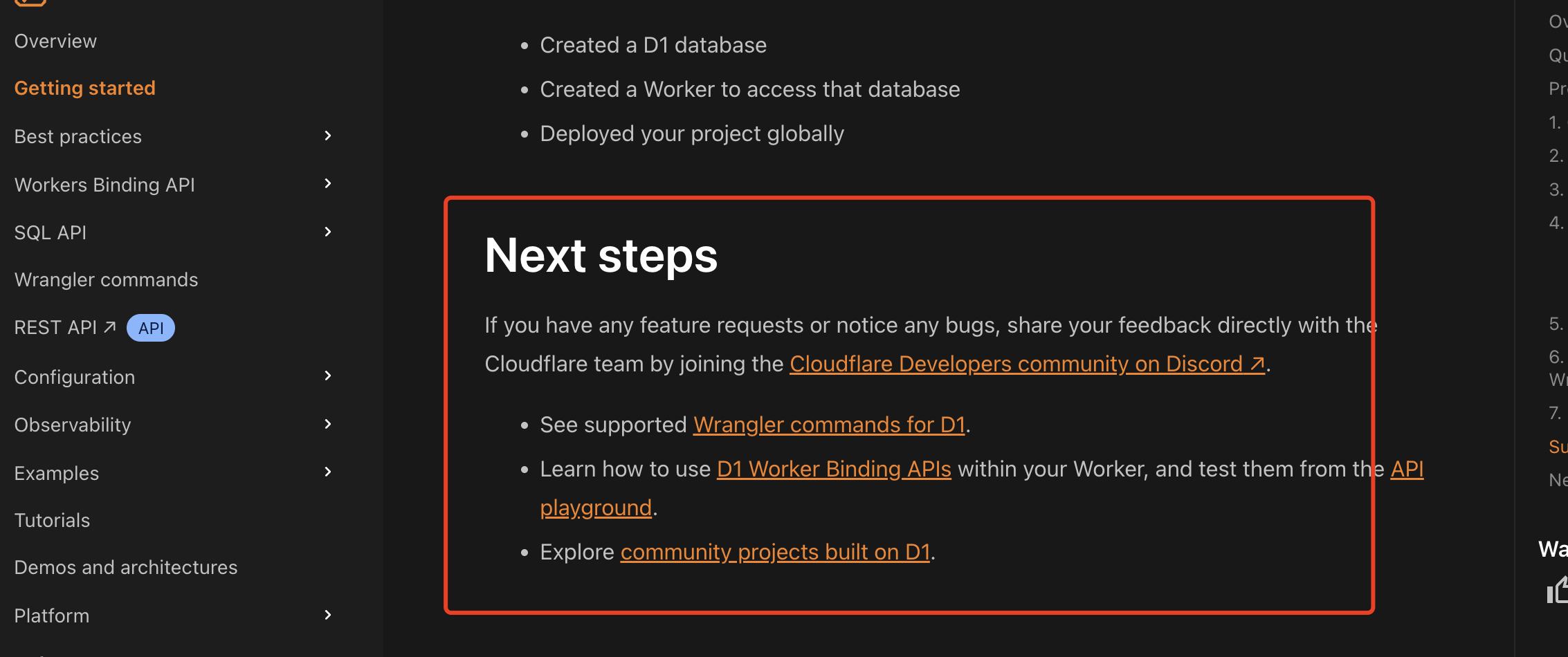
通过Wrangler CLI在worker中创建数据库和表
官方使用文档:Getting started Cloudflare D1 docs 创建数据库 在命令行中执行完成之后,会在本地和远程创建数据库: npx wranglerlatest d1 create prod-d1-tutorial 在cf中就可以看到数据库: 现在,您的Cloudfla…...
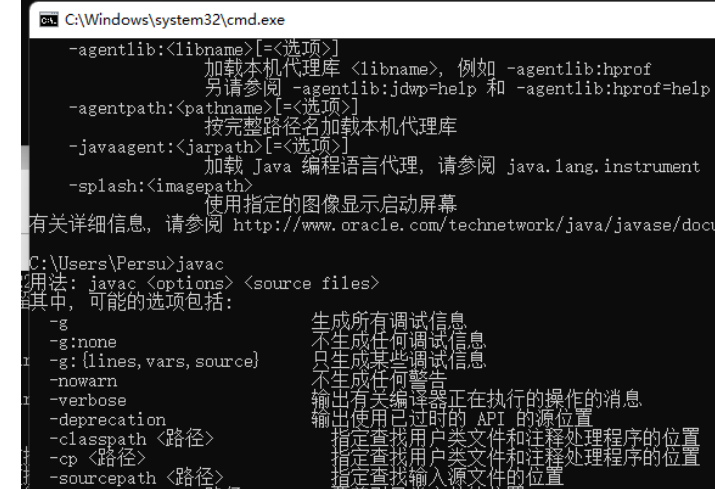
python/java环境配置
环境变量放一起 python: 1.首先下载Python Python下载地址:Download Python | Python.org downloads ---windows -- 64 2.安装Python 下面两个,然后自定义,全选 可以把前4个选上 3.环境配置 1)搜高级系统设置 2…...

对WWDC 2025 Keynote 内容的预测
借助我们以往对苹果公司发展路径的深入研究经验,以及大语言模型的分析能力,我们系统梳理了多年来苹果 WWDC 主题演讲的规律。在 WWDC 2025 即将揭幕之际,我们让 ChatGPT 对今年的 Keynote 内容进行了一个初步预测,聊作存档。等到明…...
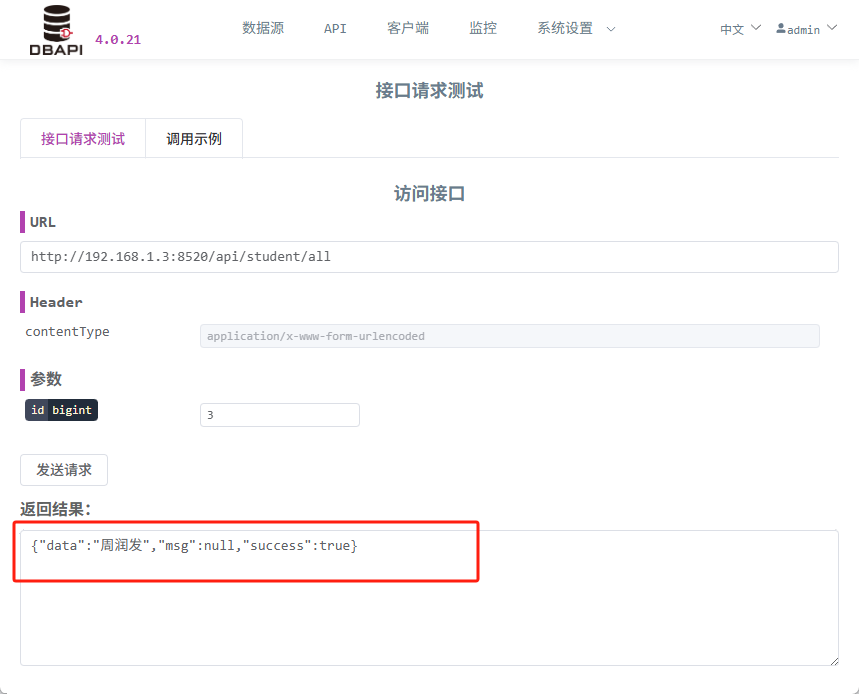
DBAPI如何优雅的获取单条数据
API如何优雅的获取单条数据 案例一 对于查询类API,查询的是单条数据,比如根据主键ID查询用户信息,sql如下: select id, name, age from user where id #{id}API默认返回的数据格式是多条的,如下: {&qu…...
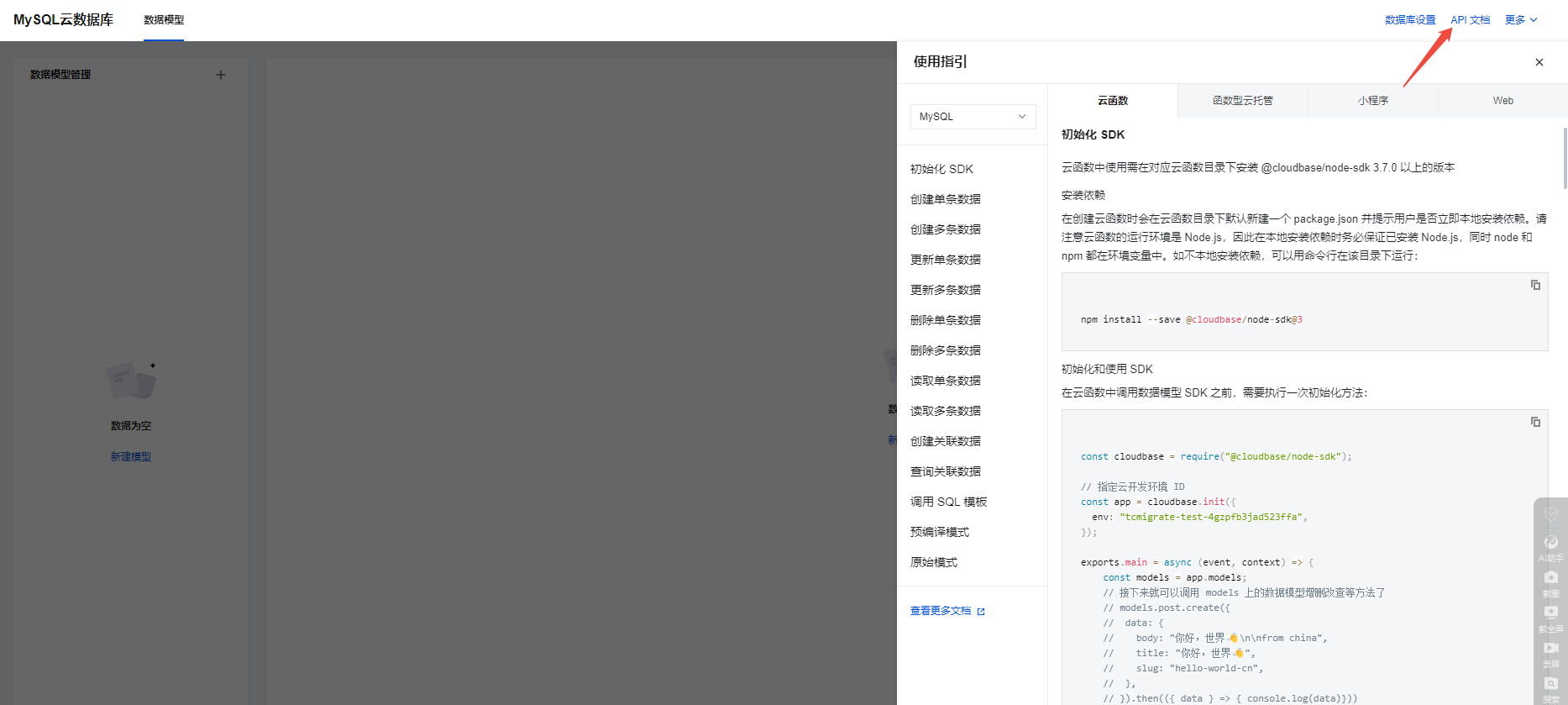
微信小程序云开发平台MySQL的连接方式
注:微信小程序云开发平台指的是腾讯云开发 先给结论:微信小程序云开发平台的MySQL,无法通过获取数据库连接信息的方式进行连接,连接只能通过云开发的SDK连接,具体要参考官方文档: 为什么? 因为…...
:邮件营销与用户参与度的关键指标优化指南)
精益数据分析(97/126):邮件营销与用户参与度的关键指标优化指南
精益数据分析(97/126):邮件营销与用户参与度的关键指标优化指南 在数字化营销时代,邮件列表效度、用户参与度和网站性能等指标往往决定着创业公司的增长成败。今天,我们将深入解析邮件打开率、网站可用性、页面参与时…...

Spring是如何解决Bean的循环依赖:三级缓存机制
1、什么是 Bean 的循环依赖 在 Spring框架中,Bean 的循环依赖是指多个 Bean 之间互相持有对方引用,形成闭环依赖关系的现象。 多个 Bean 的依赖关系构成环形链路,例如: 双向依赖:Bean A 依赖 Bean B,同时 Bean B 也依赖 Bean A(A↔B)。链条循环: Bean A → Bean…...

JavaScript 数据类型详解
JavaScript 数据类型详解 JavaScript 数据类型分为 原始类型(Primitive) 和 对象类型(Object) 两大类,共 8 种(ES11): 一、原始类型(7种) 1. undefined 定…...

NPOI Excel用OLE对象的形式插入文件附件以及插入图片
static void Main(string[] args) {XlsWithObjData();Console.WriteLine("输出完成"); }static void XlsWithObjData() {// 创建工作簿和单元格,只有HSSFWorkbook,XSSFWorkbook不可以HSSFWorkbook workbook new HSSFWorkbook();HSSFSheet sheet (HSSFSheet)workboo…...
